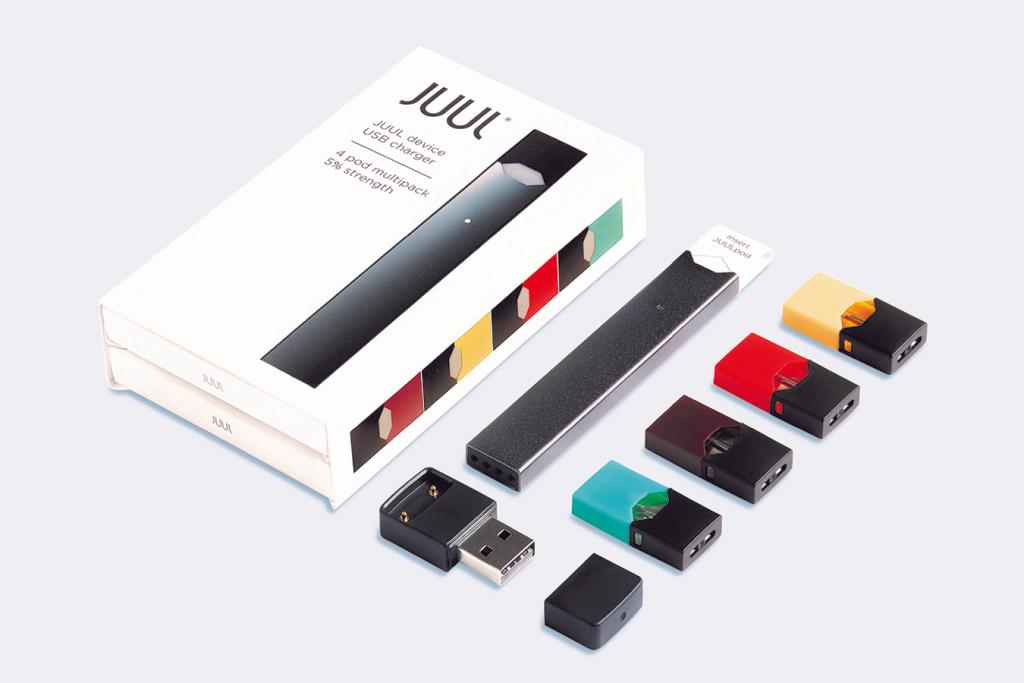That’s their cue to reach quietly for a small, sleek device they can easily conceal in their palms. It resembles a flash drive, but instead of computer files, this device stores nicotine.
The Juul Is What Kids Smoke in School
These fun-flavored e-cigarettes are potent and addictive

Colorful nicotine-filled pods, pictured on the right, are inserted into the Juul e-cigarette, which educators say looks deceptively like a flash drive, making it harder to identify. Courtesy of Juul Labs
|Updated:
